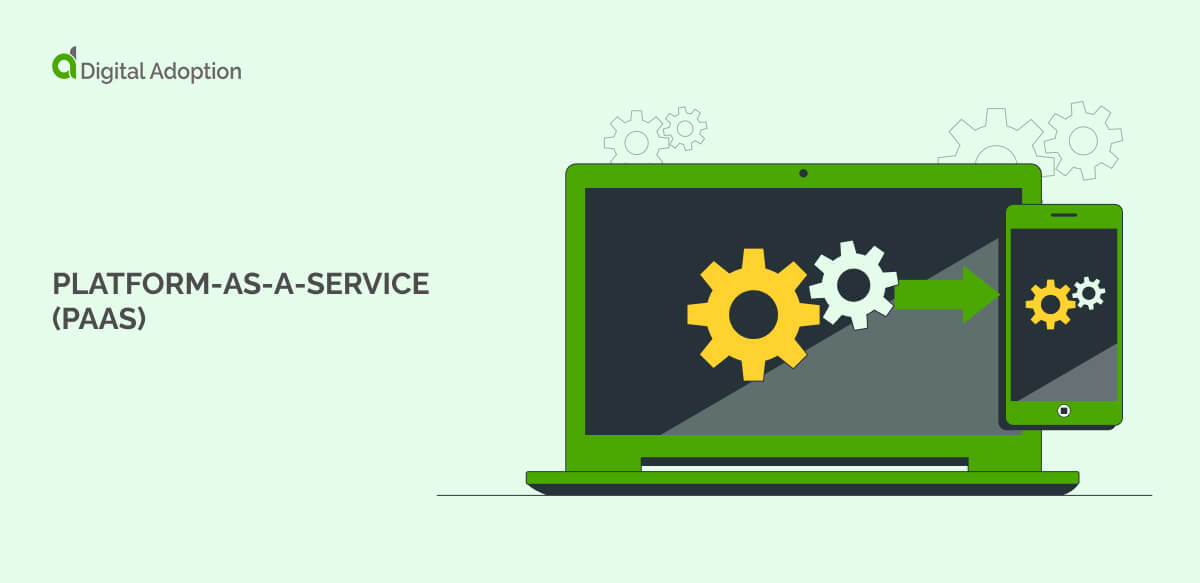Platform-as-a-service (PaaS) use cases
PaaS helps companies build and run applications without managing complex systems. It excels at enabling software integration and gives businesses cloud-based tools, automation, and security, making it easier to create and scale software.
Here are three ways PaaS is used in different industries.
Retail
Scenario: An online store wants to offer personalized product recommendations but struggles to handle large amounts of customer data.
Method: The retailer uses PaaS with built-in AI tools and cloud storage. Developers quickly build a recommendation system without setting up servers.
Outcome: Customers get personalized shopping suggestions, leading to more sales while saving time and money on development.
Healthcare
Scenario: A hospital needs a secure way to share patient records across different locations while following privacy laws.
Method: The hospital uses a PaaS with secure cloud storage and compliance tools. Developers create a system that allows doctors to access patient records safely from anywhere.
Outcome: Doctors get instant access to patient data, improving care while keeping information secure and meeting legal requirements.
Finance
Scenario: A fintech startup wants to launch a mobile banking app but doesn’t have the resources to manage servers and security.
Method: The startup uses a PaaS with built-in security and payment tools. Developers focus on building features like account management and fraud detection.
Outcome: The app launches faster, stays secure, and scales easily as more users sign up, reducing infrastructure costs.

